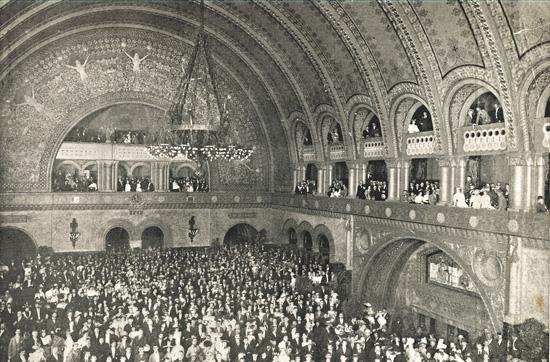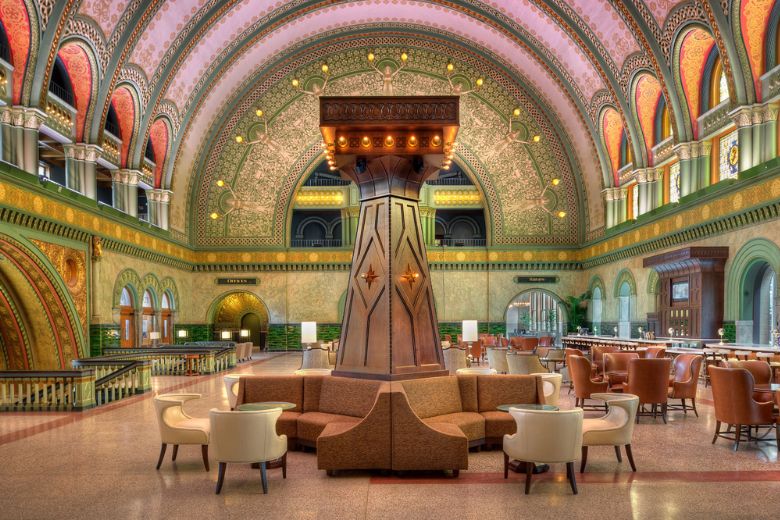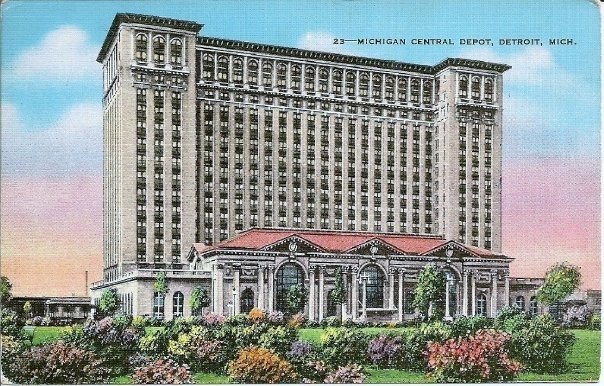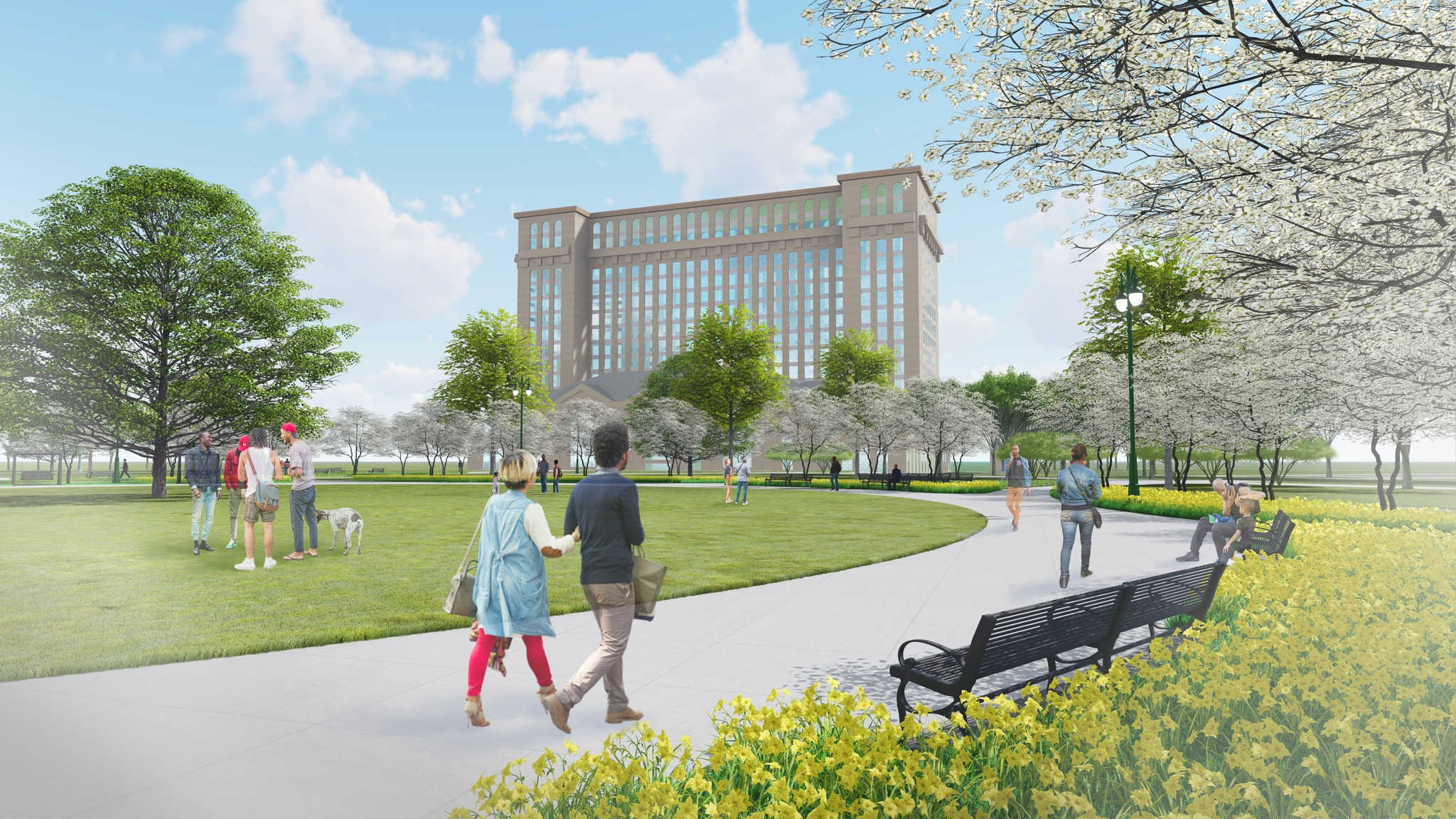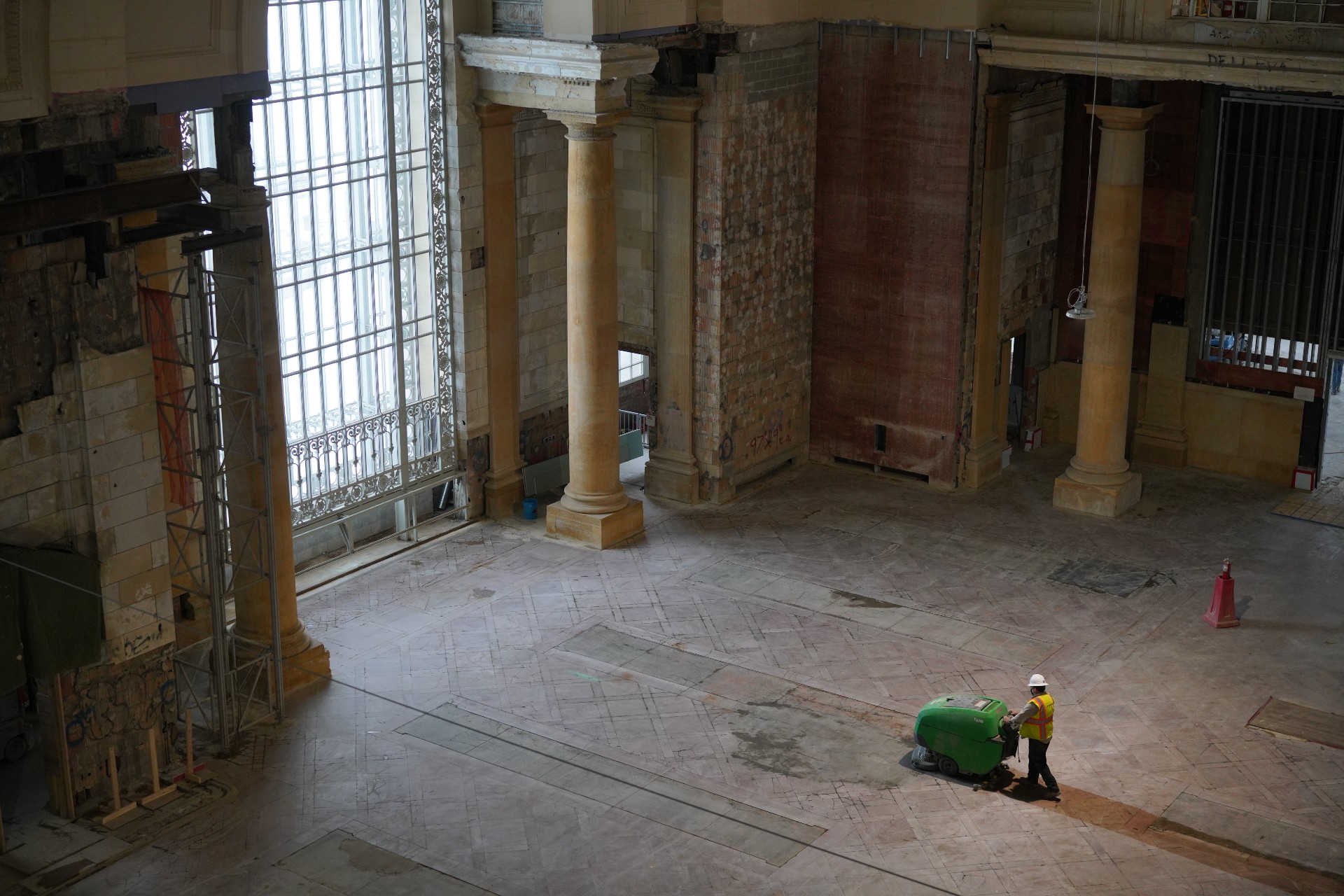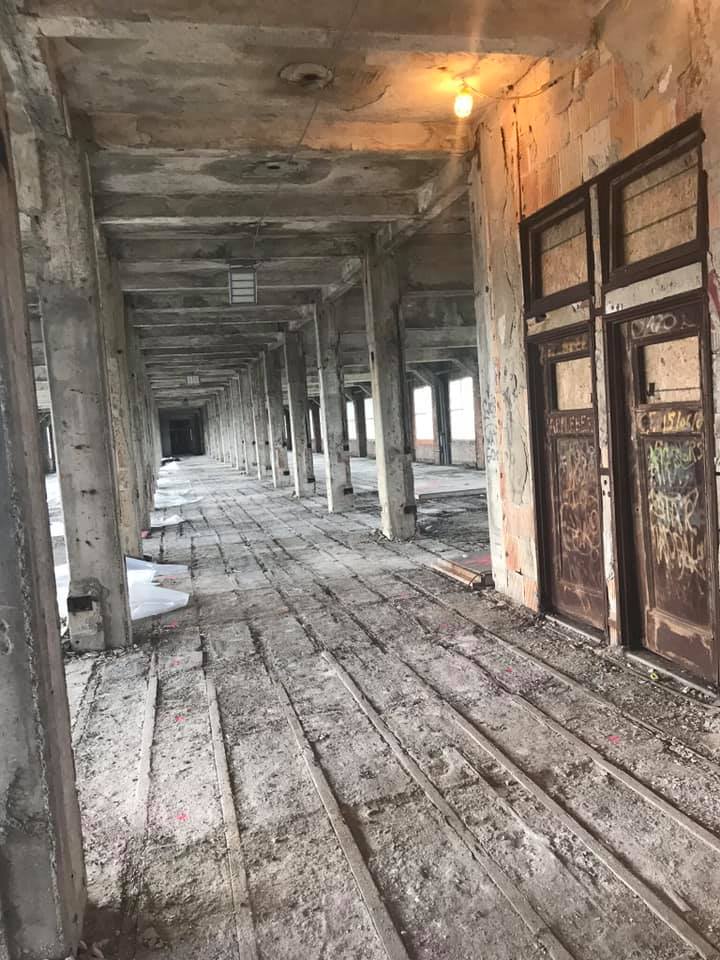
3 Grand Old Art Deco Train Stations You Need to See
By Dawn Woolcott
There was a time, in the not too distant past, in which traveling by rail was the best and finest way to travel long distances across America. Grand buildings were built to house the hubs for these trains which usually needed to be massive to hold multiple train platforms and the thousands of people coming and going. During this period of American history, the architects and construction techniques were up to the task – creating magnificent buildings for this growing rail industry.
And like all technology, it was destined to be overtaken. With the burgeoning airline industry, those giant rail hubs weren’t needed much anymore. What does one do with a purpose-built, enormous, but beautiful building? These grand terminals were too wonderful to demolish. They were not just concrete boxes – they were built with quality care and decorative craftsmanship. They deserved to be rescued and repurposed. Rather than throw these grand spaces into the dustbin of history, many were converted to other uses and remain special places worth visiting.
St. Louis Union Station
Still sporting its grand arch, this former railway hub has been converted into a one-of-a-kind hotel lobby adorned with art deco works of art. The first train pulled into this station in 1894 and soon became one of the busiest passenger rail stations in the world, with thousands of tourists visiting and or soldiers passing through during World Fairs, World War 1, and World War 2. The scene was quite different following WW2. The stunning 2-ton wrought iron chandelier that once hung in the lobby had been sacrificed to the war effort metal drive as well as a massive decorative iron divider. The original structure was a traveler’s dream, with a modest hotel attached to the train station itself – perfect for the traveling salesman, local baseball team, or vacationer just passing through (something modern airport terminals should consider bringing back for those with canceled flights!) The long, slow decline in use led to its closure in 1978. The building sat vacant for a number of years, but with the increase in tourism to St. Louis, Union Station was reopened in 1985 as a mixed-use complex including retail and dining, and is home to the St. Louis Union Hotel once again – this time a 4 star destination hotel. There is definitely something special about sipping a cocktail lounging in the hotel bar in the lobby, surrounded by art deco pieces and under that beautifully restored barrel-roof ceiling. It now is a place of calm in the place of what was once a room of hustle and bustle. Sip and imagine the tearful goodbyes and joyous reunions that once took place in this room.
Cincinnati Union Terminal
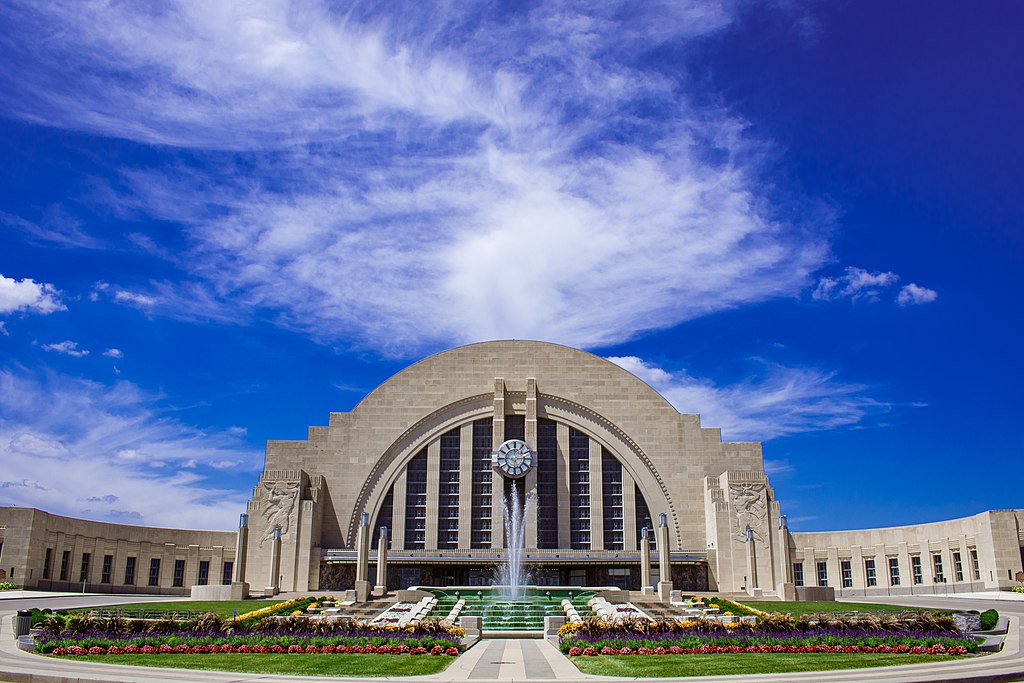
This Art Deco masterpiece is the icon of Cincinnati. Built in 1933, the sprawling complex fills 287 acres if you include the rail yards. Just stepping up the entryway steps past the whispering fountain outside, you’ll still feel the enormity of the building even without the rail yards. The building’s rotunda is capped with a 180 foot dome – almost double the diameter of the U.S. Capitol Building dome. The interior was a city within a city – complete with everything a traveler could need much like modern airports, with a bookstore, clothing stores, toy store, restaurants, and even an air-conditioned movie theater. It even had bathtubs available in the restrooms for passengers if you had the time between departures.
This massive building was designed to hold 17,000 passengers and 216 trains per day – that is a lot of foot traffic! The first sights to greet the visitors to the station are proportionately grand artworks on the walls. Different works were created for the space by artists Winold Reiss, Pierre Bourdelle, and William Hentschel for walls not only in the main lobby, but including the women’s lounge, dining rooms, and the former Rockwood Tea Room which now sells ice cream instead. For yes, you can still sit down in the Rockwood Tea Room and order ice cream, as the station is still in use today. The complex has been reimagined now as more of a community hub and is home to three different museums and a children’s cooking school. The most recent restoration was completed in 2018 and took 3.5 years to bring the building ready to take on the rest of the 21st century for another generation or two to enjoy.
Michigan Central Station – Detroit
What looks like a classical business office on steroids, this massive building was opened in 1913 and was once a busy railroad station up until it finally closed in 1967. Amtrak came in and did some renovations, including adding a bus terminal, but eventually sold it. The building began a sad long period of neglect in which humans did as much damage to the building as the elements did. It took a brave imagination to want to take on the task of bringing the station back to life.
The station will now be the home of a more modern form of transportation, and one looking towards the not-too-distant future. Ford Motor Co. purchased the building in 2018 and is in the process of renovating the mammoth structure and bringing the humming of positivity back into the building. They are using the space two-fold with business offices upstairs to hold their autonomous vehicle teams, and public spaces below. The renovation requires a tremendous amount of work to regain its former glory, recover from the damage received over the years, and move the building into the 21st century.
The public spaces will include restaurants, coffee shops, and small stores, and no doubt a mini museum display. While they’ve been renovating the building, they’ve unearthed some interesting artifacts including an old bottle with a note tucked inside dating to 1913 “heading to Chicago”, a 1934 adding machine for those old enough to remember how numbers were crunched prior to the computer age, rolls of paper train tickets, a rather dingy baseball, a railroad lantern, and children’s shoes (often hidden in walls for good luck.) The newly updated 30 acre complex located in Detroit’s oldest neighborhood, now will take on a new life as a new hub – looking towards the future.
